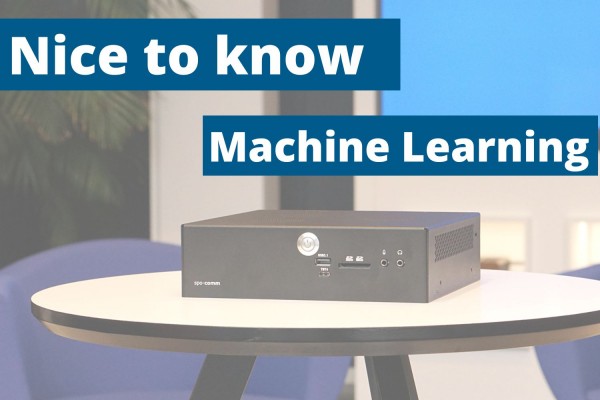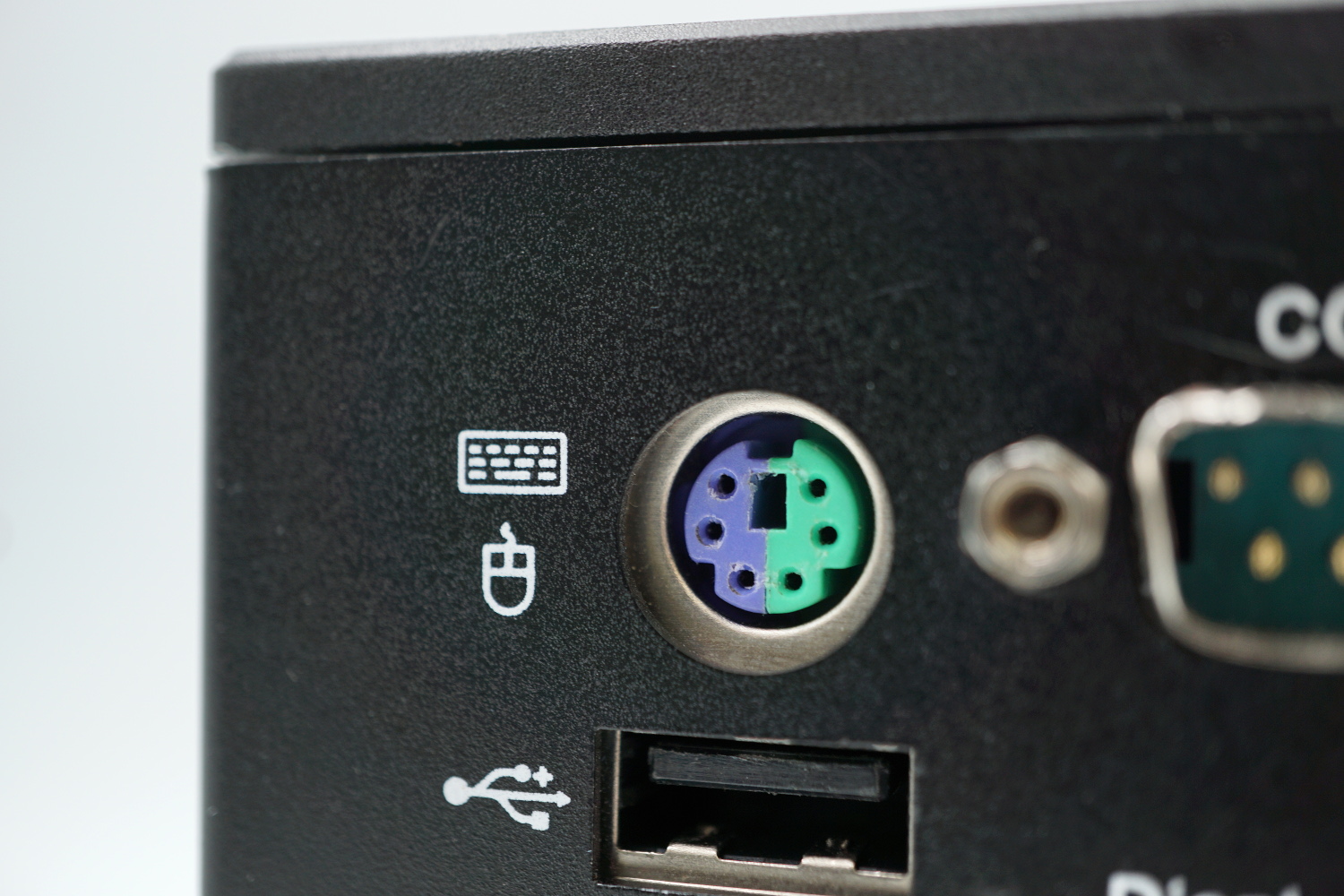Defining machine learning
Machine learning is an area of artificial intelligence that enables computers to learn from data and continuously improve themselves instead of being explicitly programmed. Algorithms are trained to recognize patterns and correlations in large data sets and make the best decisions and predictions based on these analyses. This leads to automated knowledge generation, the identification of correlations and the application of these findings to unknown data sets to optimize processes and predict future developments.
How does machine learning work?
To make machine learning effective, training by a human is required. There are various learning models that use different algorithmic techniques. A model is selected depending on the desired result and the type of data, whereby a distinction is made between supervised, unsupervised, partially supervised or reinforcement learning. Within these models, specific algorithmic techniques can be applied according to the intended result. The algorithms are used individually or in combination to ensure accuracy in the processing of complex and unpredictable data. This development preces is iterative and is often repeated several times until the desired level of quality is achieved. Once the learning process is complete, the trained model evaluates unknown data in order to make improved decisions. The main goal is for the computer to learn autonomously and adapt actions without human intervention.
Types of machine learning algorithms
Supervised learning uses known data, recognizes patterns, and learns from a training data set. It aims to accurately predict a target variable, such as when forecasting electricity consumption or assessing the risk of investments.
Unsupervised learning visualises large amounts of data, performs cluster analyses and independently detects hidden patterns or groups. It is not suitable for precise predictions, but requires an evaluation based on more flexible factors, suitable for the desired business application.
Semi-supervised learning combines supervised and unsupervised learning, uses sample data with target variables and unknown data. It is used in areas such as image or object recognition, where a small amount of data with target variables and a larger amount of data without target variables are used.
Reinforcement learning interacts with the environment and learns a strategy for problem solving through a cost function or reward system. In contrast to other methods, it does not require sample data, but develops an optimal action strategy in simulation steps.
Application areas for machine learning
The areas of application of machine learning can be assigned to the individual learning methods. For example, unsupervised learning is ideal for dimension reduction (recognizing structures, compressing information, big data visualization, etc.) and cluster analysis in the form of market and customer segmentation or recommendation systems. Supervised learning is used for classifications such as text and object recognition or forecasts (demand, weather, sales, customer values, etc.). Reinforcement learning is ideal for autonomous driving, game AI, traffic control, robotics and for personalization and advertising.
Machine learning and spo-comm Mini-PCs
Needless to say, our spo-comm product portfolio also includes Mini-PCs that are suitable for machine learning. Here we are referring to our Mini-PCs, which are equipped with a dedicated graphics card. The KUMO V and KUMO VI , as well as the QUADRO P1000 , are therefore suitable for machine learning. Even our NINETEEN Q370 can be used in machine learning, provided it is equipped with an Nvidia Quadro P2200 graphics card.
##Discover more spo-comm Mini PCs







